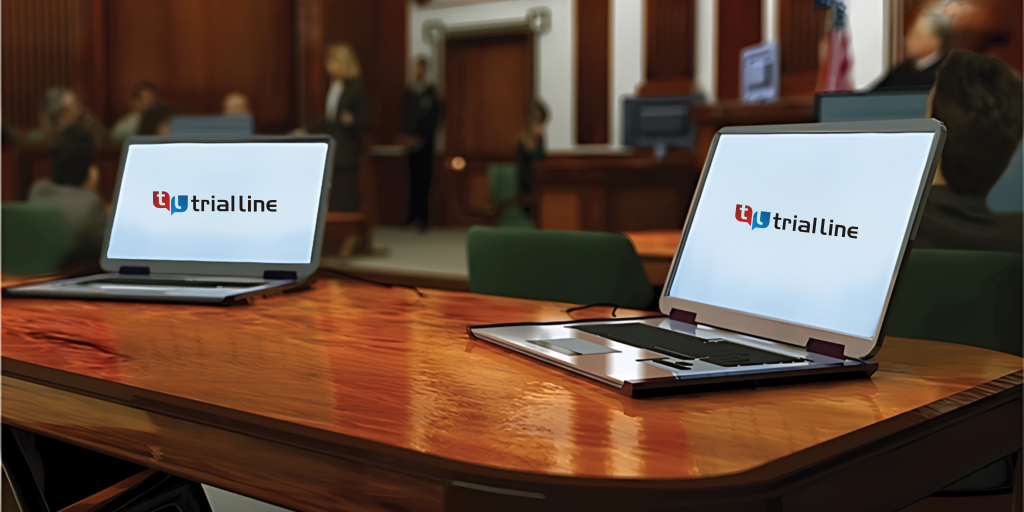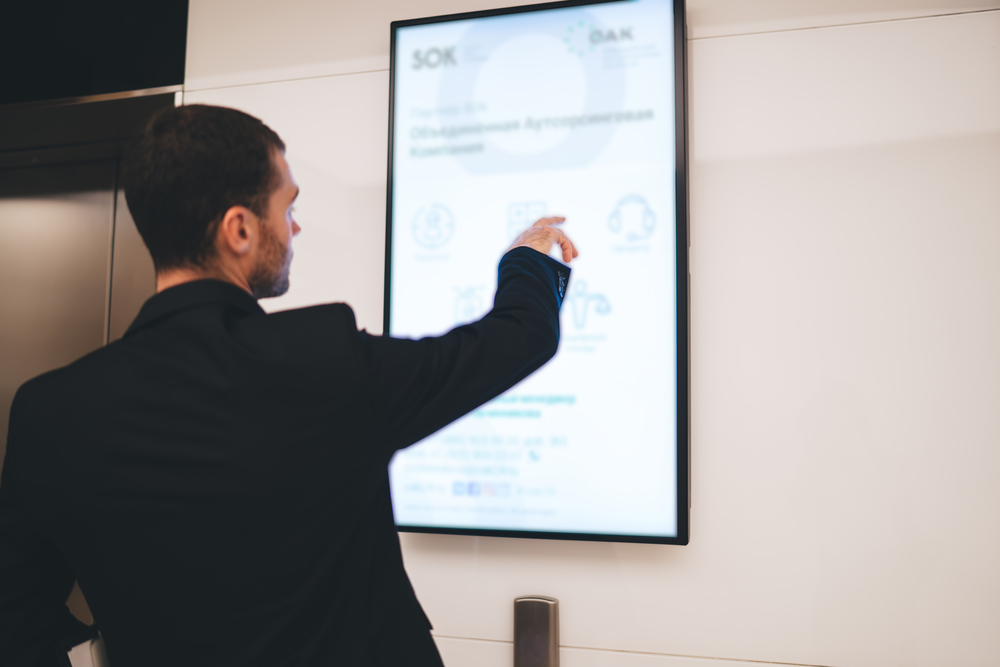Enhancing Your Legal Method With Expert Test Presentations
In today's legal landscape, the significance of professional trial presentations can not be overstated. As lawyers navigate the intricacies of the courtroom, the ability to efficiently communicate elaborate arguments is vital. By changing thick lawful principles into engaging stories, practitioners can enhance juror understanding and retention. Integrating multimedia devices and storytelling strategies can create an engaging backdrop that not just educates yet additionally resonates psychologically with jurors. Nevertheless, the concern continues to be: what specific techniques can attorneys utilize to boost their discussions and inevitably affect test end results?
Value of Test Presentations
Trial presentations function as an essential element in the legal process, effectively connecting the space in between complicated legal disagreements and juror comprehension. The ability to boil down detailed legal concepts into obtainable narratives is essential for jurors, who have to make enlightened decisions based upon the proof offered. A well-crafted discussion not just clarifies the instance however likewise enhances the persuasiveness of the argument, ultimately influencing the jury's assumption.
In a period where focus spans are restricted, the relevance of engaging visuals and clear interaction can not be overemphasized. Trial discussions serve to catch jurors' interest and maintain their emphasis, enabling a deeper understanding of the truths and legal issues at hand. In addition, they give an organized structure that organizes the situation, promoting rational circulation and comprehensibility.

Trick Components of Effective Presentations
An effective presentation in a court establishing hinges on numerous key components that collectively enhance its impact. Attorneys need to boil down intricate lawful debates into succinct, quickly digestible factors to make sure jurors realize the core problems.
Visual help play an essential role as well, as they can substantially reinforce crucial messages. Reliable use exhibits, graphes, and diagrams can clear up detailed details and highlight vital facts. In addition, the presenter's delivery style is vital; positive, interesting interaction promotes trustworthiness and maintains jurors' interest.
Finally, comprehending the audience is paramount. Tailoring the presentation to the jurors' histories and values can cultivate a link that improves receptiveness to the argument. In summary, clarity, narrative structure, visual aids, shipment style, and audience awareness are important to crafting an effective courtroom discussion that resonates with jurors and sustains the overarching lawful technique.
Technology in Trial Presentations
Modern court rooms progressively incorporate technology to right here boost trial discussions, developing on the fundamental components of effective interaction developed via clear messaging and interesting stories. The incorporation of audio-visual aids, such as high-def projectors and interactive screens, allows legal teams to existing proof in a more engaging way. This innovation not just records the jury's attention but also promotes a far better understanding of intricate details.

Digital tools, consisting of discussion software and digital exhibit administration systems, streamline the company and retrieval of proof (trial presentations). Lawyers can rapidly reference files, images, and videos, making certain that essential details is readily accessible throughout the trial. In addition, the use of animations and simulations can strongly illustrate vital ideas, making them easier for jurors to realize
Moreover, court technology promotes partnership among lawyers, enabling real-time changes to discussions based on court reactions or unforeseen advancements. The ability to adapt basics on the click over here now fly is vital in maintaining engagement and strengthening arguments. As technology remains to advance, its role in trial presentations will unquestionably expand, offering ingenious means to connect successfully and persuasively in the search of justice.
Narration Methods for Influence
Effective narration methods are important in providing impactful test discussions, as they transform complex legal disagreements into relatable stories. A well-crafted story astounds the audience, making it less complicated for jurors to recognize and bear in mind essential factors.
To develop a compelling narrative, attorneys must concentrate on establishing a clear framework with a start, center, and end. The start ought to present the case context and its value, while the center elaborates on the core issues, weaving forthcoming and witness statements that sustain the disagreement. Conclusively, the finishing ought to strengthen the intended message, driving home the preferred end result.
In addition, integrating emotional components can substantially enhance the narrative's impact. By humanizing the instance, lawyers can stimulate empathy, enabling jurors to attach directly with the truths presented. Utilizing dazzling images and anecdotes can also assist in illustrating complex themes, making them more concrete and memorable.

Tips for Implementation in Court
Implementing storytelling techniques in court calls for mindful planning and execution to ensure that the narrative reverberates with jurors. Begin by determining the core message of your case and straightening it with the emotional and valid components that will involve the jury. Develop a clear and engaging narrative arc that includes an intro, a growth of dispute, and a resolution.
Make use of visual aids to boost storytelling; exhibits, timelines, and multimedia presentations can assist highlight complicated principles and maintain juror passion. Practice your distribution, making sure that body movement, tone, and pacing follow the emotional weight of your tale.

Final Thought
In verdict, professional trial presentations play a crucial duty in improving lawful strategies by efficiently connecting complicated debates to jurors. The integration of aesthetic aids, clear stories, and emotional narration promotes juror engagement and comprehension.